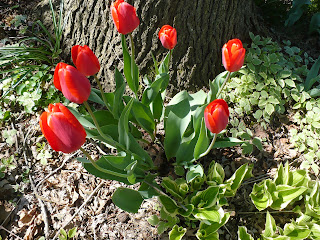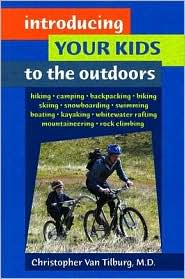 |
| Click to order online |
An estimated 63 million U.S. adults watch wildlife around their homes. At the same time, a huge number (80%) of us have private lawns that we care for. We spend around $40 billion per year to maintain and improve our yards, and the growth is accelerating as the U.S. population matures. So, why not add wildlife-friendly gardening to our lawn activities? It is a healthful activity both physically and emotionally and provides us and our children with a connection with nature. This is
| Click to learn more! |
CWFY also believes that America save the dwindling populations of wildlife, one yard at-a-time. Why? Because of the huge amount of land devoted to home lawns. For example, there’s 27.6 million acres of turf grass in the U.S. and 21 million acres of this acreage consists of home lawns(1). And, the average American lawn is 1/3 acre(2). Home lawns account for roughly 18 million acres(3). Amazing! There are 50 million homeowners maintaining residential lawns(4) with over 31 million acres of grass, an area equal to the New England states.
Another comprehensive 1995 study estimates that the total amount of residential lawns in the United States ranges from 14 to 26 million acres, with 17.7 million acres as a conservative estimate. The national average lawn size is about 1/5 of an acre for the 85 million households with a private lawn.
We can counter urban sprawl one yard at-a-time!
Further reading:
- Save A Child From Nature Deficit Disorder
- Backyard Nature Kits For Kids!
- Nature Deficit Disorder and Wildlife-Friendly Yards
References:
[1] Borman, F.H., Bamori, D., & Geballe, G.T. (2001). Redesigning the American lawn: A search for environmental harmony. (2nd ed.). Connecticut: Yale University Press.
[2] Templeton, S.R., Zilberman, D., & Yoo, S.J. (1998). An economic perspective on outdoor residential pesticide use. Environmental Science & Technology, 2, 416A – 423A.
[3] Kline and Company syndicated studies on professional and consumer turf and ornamental markets (1976 thru 2000) and EPA’s National Home and Garden Pesticide Use Survey (1990).
[4] The Lawn Institute, 1855-A Hicks Road, Rolling Meadows, IL 60008.
[5] Vinlove, F.K. & Torla, R.F. (1995). Comparative estimations of U.S. home lawn area. Journal of Turfgrass Management, 1(1), 83-97.






